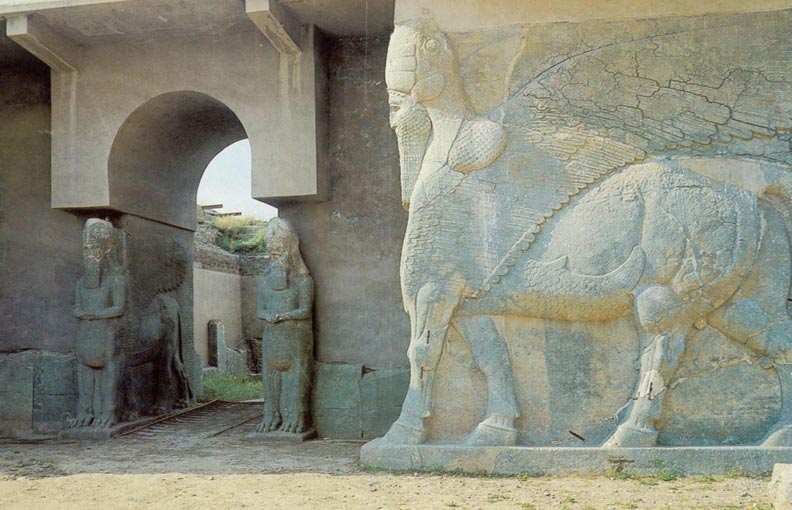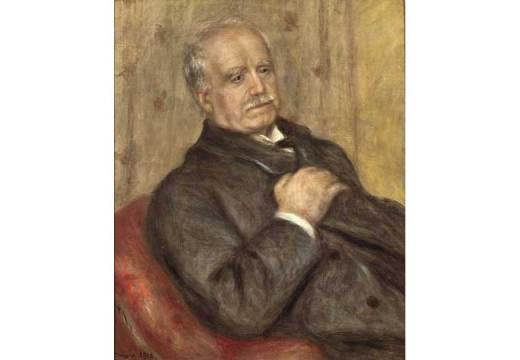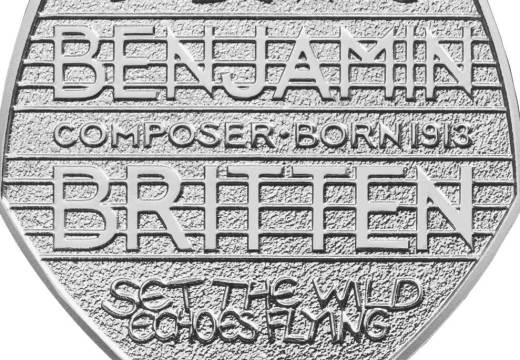Islamic State in Iraq and the Levant (ISIL) militants have launched an iconoclastic assault on the ancient Assyrian city of Nimrud, some 30km outside of Mosul on the banks of the Tigris. According to Iraq’s tourism and antiquities ministry, extremists arrived at the site with heavy machinery yesterday. The extent of the damage is not yet clear but a local source, speaking to Reuters, claimed that after looting valuables from the area ‘they proceeded to level the site to the ground.’
Nimrud, in its heyday (around 900–700 BC), was one of the Assyrian empire’s largest and most distinguished cities, and for a period of about 150 years it was its capital. Today it is one of Iraq’s most valued heritage sites. Many of the statues and reliefs excavated there during the 19th and 20th centuries were removed to European and US museums, including the British Museum.
The assault comes just days after a video was released of Islamic State militants destroying ancient artefacts in the Mosul Museum and at the nearby archaeological site of Nineveh. Shortly before that, it was reported that the group had ransacked and burned books in Mosul’s library.
In the February issue of Apollo, Peter Stone wrote about the global effort to safeguard cultural property in conflict zones around the world. Often destruction occurs as collateral damage or opportunistic looting, but this is something else entirely. ISIL’s targeted, sustained and deliberately publicised assault on the region’s history is another front in their war, a weapon designed to stir resentment, incite violence and cause long-term damage to local communities.
UNESCO, responding to last week’s revelations about the destruction at the Mosul Museum, has called for an emergency meeting of worldwide organisations to plan a coordinated response. As the organisation’s director general Irina Bokova puts it: ‘This tragedy is far from just a cultural issue: it’s an issue of major security. We see clearly how terrorists use the destruction of heritage in their strategy to destabilise and manipulate populations so that they can assure their own domination’.
Related Articles:
Editor’s Letter (April 2015): The cultural desecration of Iraq
Can Iraq’s Antiquities be Saved? Interview with Mark Altaweel
Letter: John Curtis on the cultural desecration of northern Iraq
Red Alert: Syrian cultural artefacts are at risk from looting and illicit trade (France Desmarais)
Lead image: used under Public Domain licence
Unlimited access from just $16 every 3 months
Subscribe to get unlimited and exclusive access to the top art stories, interviews and exhibition reviews.














![Masterpiece [Re]discovery 2022. Photo: Ben Fisher Photography, courtesy of Masterpiece London](http://www.apollo-magazine.com/wp-content/uploads/2022/07/MPL2022_4263.jpg)
It’s time for the government of London to return to its rightful home